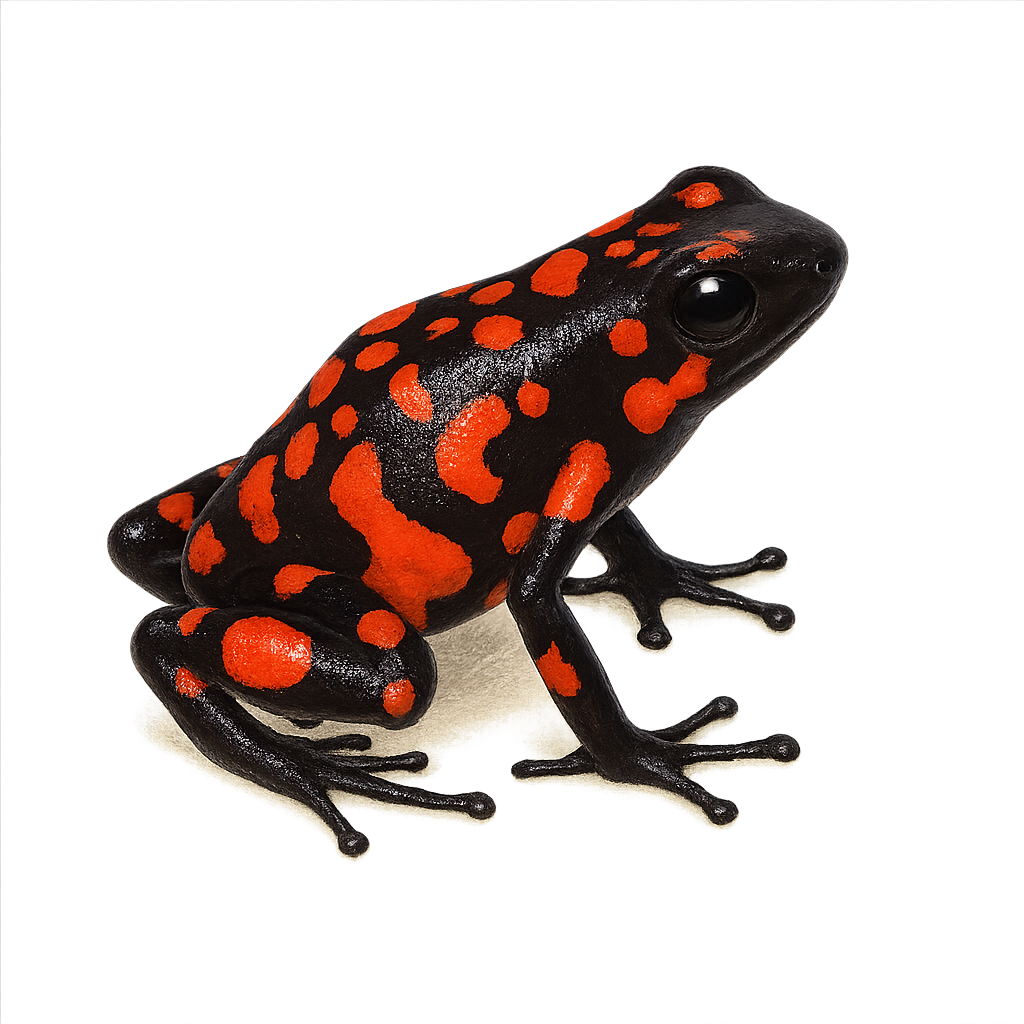Your wildlife photography guide.
Explore the harlequin poison frog in detail, study its behavior, prepare your shots.
Where to observe and photograph the harlequin poison frog in the wild
Learn where and when to spot the harlequin poison frog in the wild, how to identify the species based on distinctive features, and what natural environments it inhabits. The WildlifePhotographer app offers tailored photography tips that reflect the harlequin poison frog’s behavior, helping you capture better wildlife images. Explore the full species profile for key information including description, habitat, active periods, and approach techniques.
Harlequin Poison Frog
Scientific name: Oophaga histrionica

IUCN Status: Near Threatened
Family: DENDROBATIDAE
Group: Amphibians
Sensitivity to human approach: Suspicious
Minimum approach distance: 2 m
Reproduction period: April to May
Incubation: 10–14 jours
Births: May to June
Habitat:
humid tropical forests, undergrowth, forest edges
Activity period :
Primarily active during the day, with peak activity in the morning and late afternoon.
Identification and description:
The Harlequin Poison Frog is a small, brightly colored frog native to the humid tropical forests of Colombia. Known for its vivid and varied colors, ranging from red to yellow, blue, and black, it uses these as a warning to predators of its toxicity. This species typically measures between 2 and 4 cm in length. It primarily feeds on small insects and arthropods. The Harlequin Poison Frog is diurnal, spending most of its time foraging on the forest floor. Its skin secretes toxic alkaloids, which local populations have historically used to poison hunting darts. This species is threatened by habitat loss and the illegal exotic pet trade.
Recommended lens:
Macro – adjust based on distance, desired framing (portrait or habitat), and approach conditions.
Photography tips:
When photographing the Harlequin Poison Frog, focus on capturing the vivid details of its colors. Use a macro lens to highlight the texture of its skin and the nuances of its patterns. Approach slowly to avoid startling it, and prefer natural light to prevent unwanted reflections. A tripod can be useful for stabilizing your camera in the low-light conditions of the forest. Be patient and wait for the frog to move naturally to capture dynamic shots.
From knowledge to field practice
A species profile helps you understand an animal. In the field, the challenge is often different. Remembering your own observations.
The WildlifePhotographer app allows you to:
• record your personal observations
• note locations, dates, and behaviors
• revisit your field references over time
• build a private and long-term field logbook
The app does not provide observation locations.
It helps you organize what you actually observe, with respect for wildlife.

